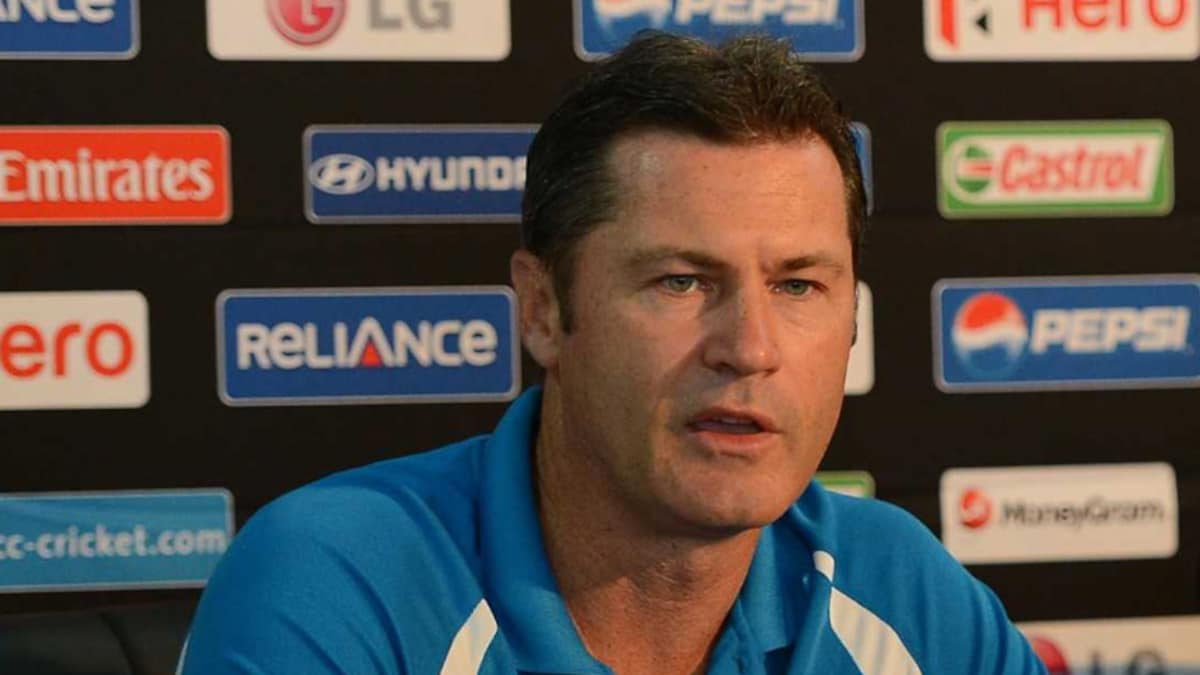
Former ICC Elite Panel Umpire Simon Taufel has come up with an online accreditation course in the hope to reduce the gaps in umpires’ training and development. The course will be offering three levels of accreditation — introductory, Level 1, and Level 2. Taufel has created the programme together with the ICC Cricket Academy based in Dubai. What is remarkable is that Taufel has overseen the course material himself and he now hopes that the standard of umpiring will go up.
In a conversation with NDTV, Taufel opened up on how he thought about starting this course, and he shed light on the details of the new accreditation-based programme.
“I would like new and existing umpires to have better resources than when I started. I’d like to help bridge the gap between the resourcing need of the umpires and the growing challenges of officiating cricket. If we can increase the capabilities and enjoyment of our umpires, then the game will be better off,” Taufel told NDTV.
“We have put a lot of resources into the program so that people can work through the videos and explanatory notes before attempting the competency-based exercises. The candidate can work through the course at their own pace and even attempt the modules over and over again until they understand what is required. I’m very confident that even the most experienced umpire will learn a new skill or technique,” he added.
When asked about the different levels of this course, Taufel said: “Introduction (designed for people new to umpiring – Mums, Dads, school teachers, etc) – this course should take around 4 hours to complete (excluding the MCC Laws e-learning component which is dependent upon the existing knowledge of the person). You can do one module at a time and in any order but you cannot do the assessment task until all modules have been viewed.”
“Level 1 (designed for experienced premier cricket umpires who might have about a year of officiating club matches and/or those who have completed the introductory course) – this course should take around 8 hours to complete (excluding the MCC Laws e-learning component which is dependent upon the existing knowledge of the person). Once the MCC Laws (intermediate level) has been completed, there is no Laws component in Level 2. Level 2 – this course is still under construction and unlike the first two courses, the majority of it will be face-to-face learning and assessment,” he added.
Taufel, who had been a premier umpire back in his time, also said that studying just the laws of cricket is not enough to be a good umpire as practical knowledge is of utmost importance. The 51-year-old also spoke about how the course material for this course was made.
“It is not all my own work here. I’ve researched and consulted with many trusted colleagues and umpire trainers. The difference with this course to others are based on a few things. Firstly, the resources and competencies are heavily focused around the art of umpiring (the soft skills – preparation, technique, managing people and the match, and self-development), with less reliance on just the Law knowledge to get you through. There is a massive difference in video content with tips based on years of experience to pass on to the umpires doing the course,” said Taufel.
Promoted
“It’s a very narrow way to view umpiring ability or capabilities. Yes, an umpire needs to know the Laws and how to apply them. Yes, they need to make good decisions, but when you look at the best umpires in the world and the make-up of the ICC Elite Panel, you see more than that. You see people who can manage conflict, handle pressure, create trusting relationships with players, earn respect through performance, have solid fieldcraft technique, possess the mental strength to recover quickly after mistakes, and prepare for most of the variables the game can throw at you,” he added.
Lastly, when asked whether DRS has helped in reducing the number of howlers in the game, Taufel said: “What I would like to point out is that technology shows how often the umpires get it right (more than 93% of the time) and even with DRS, that number does not exceed 98 per cent, so technology and people are never 100 per cent accurate.”
Topics mentioned in this article

